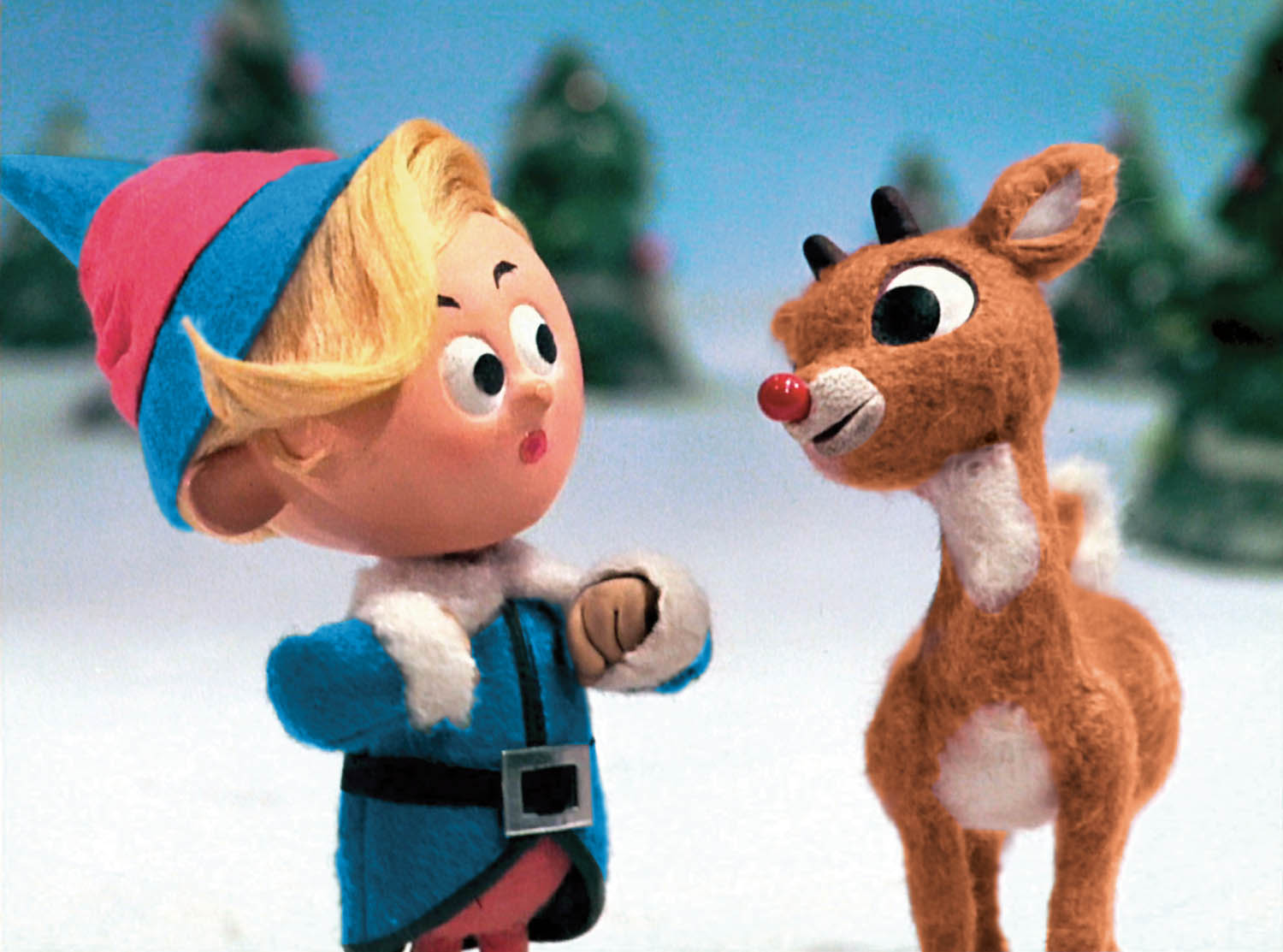By Rachel Terry, Opinion Editor
Christmas lovers everywhere would like to believe Santa’s sleigh is pulled by daring, brave and masculine reindeer dedicated to delivering toys to children on Christmas Eve; however, research has indicated otherwise.
Unlike other species of deer, both male and female reindeer grow antlers, according to the Alaska Department of Fish and Game. The only difference is in the time of year that these antlers are shed. According to Live Science, male reindeer lose their antlers in late November, and female reindeer do not lose theirs until the spring.
Rudolph, Dasher, Dancer, Prancer, Vixen, Comet, Cupid, Donner and Blitzen are always depicted as still sporting big, fuzzy antlers on Dec. 24. These reindeer must be female, or maybe Santa is simply working more of his Christmas magic.
Additionally, Live Science states that males often carry a mere five percent body fat into winter due to exhaustion from mating season. On the other hand, females head into winter with close to 50 percent body fat, most of it in thick layers on their rumps. This extra layer of fat keeps them warm in temperatures as low as minus 45 degrees Fahrenheit, which would aid them in successfully delivering gifts across the globe despite frigid temperatures.
Comically and also stereotypically, females are often quicker to stop and ask for directions to avoid becoming lost. Has it ever been reported that Rudolph led the sleigh astray or spent two hours wallowing in pride while making wrong turns? I didn’t think so.
In all seriousness, one more offbeat solution offers up an explanation to this reindeer antler phenomenon. According to Greg Finstad, manager of the reindeer research program at the University of Alaska Fairbanks, all nine of Santa’s reindeer could be castrated males.
Finstad says that these young steers do not lose their antlers until February or March, much like the females. They also retain a high percentage of body fat since they do not participate in mating season.
Skeptics like Alice Blue-McLendon, a professor at Texas A&M College of Veterinary Medicine, still advocate that Santa chose female reindeer for his special Christmas deliveries.
“Females like accessories,” she said in regards to Rudolph’s shiny, red nose. “I think that fits because females like bling.”
A few of the reindeer names like Rudolph, Blitzen and Dasher sound more masculine; however, Dancer, Prancer and Vixen do sound more like female names.
Either way, this controversy provides a fascinating insight into society’s view of masculinity. Each reindeer carries an enormous amount of responsibility with which people often associate a high level of machismo. In reality, either female or castrated reindeer pull Santa’s sleigh on Christmas Eve every year. Merry Christmas, everyone!


